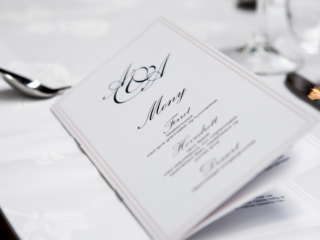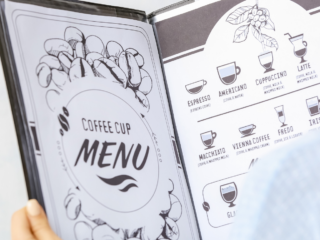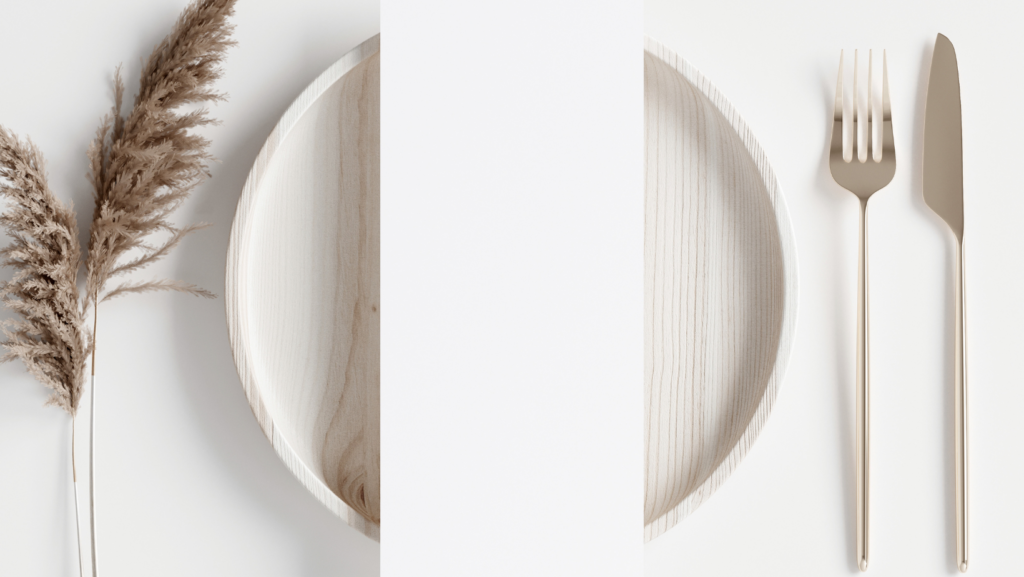In the ever-evolving world of design, staying ahead of trends is crucial. One intriguing concept gaining traction is the design= menu. This innovative approach challenges traditional design norms and offers a fresh perspective on how menus can be structured and experienced. As designers strive to create more engaging and intuitive interfaces, this concept provides a playground for creativity and functionality. Likewise, the focus on Design in Online Slot Games showcases how thoughtful aesthetics can enhance gameplay, drawing players into captivating worlds that elevate the overall gaming experience.
The design= menu isn’t just a catchy term; it’s a representation of a shift towards more dynamic and user-centric design elements. By breaking away from conventional layouts, this design philosophy encourages designers to think outside the box, pushing boundaries to enhance user interaction. As digital experiences become more personalized, understanding and implementing such forward-thinking designs can set brands apart in a competitive landscape. This is particularly relevant in the Approach to Casinos and Sports Betting, where innovative design can significantly enhance user experience and engagement, ultimately influencing players’ choices and loyalty.
Design:vm8xj0-8qig= Menu

The design:vm8xj0-8qig= menu redefines digital interactive spaces. It centers on flexibility, allowing users to navigate effortlessly while engaging with creative content. Unlike static menus, this design principle supports dynamic interactions, enabling users to tailor their experiences. Design elements within this menu adapt to individual preferences, enhancing user satisfaction.
Emerging as a necessary tool for digital platforms, the design:vm8xj0-8qig= menu responds to changing user demands. Traditional menus often restrict user navigation, whereas this innovative approach breaks barriers. By fostering creativity, designers can build interfaces that respond to modern user expectations, supporting personalized and memorable digital journeys.
Design Features
The design:vm8xj0-8qig= menu integrates innovative elements that enhance user interaction and experience. By leveraging user-centric design principles, it offers a platform for seamless navigation and dynamic engagement.
User Interface

The user interface in the design:vm8xj0-8qig= menu prioritizes ease of use and intuitive navigation. It adopts a responsive layout that adapts to various devices, ensuring accessibility across platforms.
The use of micro-interactions guides users through their tasks, providing immediate feedback and reinforcing intuitive use. This design focuses on reducing cognitive load by employing clear icons and concise labels, allowing users to accomplish tasks efficiently.
Aesthetics and Layout
Aesthetics and layout play a crucial role in the design:vm8xj0-8qig= menu, creating a visually appealing and coherent digital environment. Designers use a blend of modern and minimalistic styles, with an emphasis on visual hierarchy, to direct user attention effectively. Color schemes and typography are carefully selected to enhance readability while being consistent with the brand’s identity.
Functionality and Usability

The design:vm8xj0-8qig= menu prioritizes functionality and usability, ensuring that every user can navigate and interact with ease. Navigation within the design:vm8xj0-8qig= menu integrates smart pathways that enable users to move smoothly across platforms. Designers focus on intuitive layouts that reduce user friction in navigation tasks.
Accessibility features are fundamental, including keyboard navigation for users with mobility challenges and screen reader compatibility for those with visual impairments. Such thoughtful consideration fosters inclusivity, ensuring a broad user base can efficiently interact with digital environments.
Performance and Efficiency
Performance and Efficiency are crucial in adopting the design:vm8xj0-8qig= menu framework. Enhancing user experiences depends significantly on these factors.
Responsiveness
Responsiveness ensures the menu adapts across devices. By employing fluid design concepts, the menu adjusts seamlessly from desktops to smartphones. Media queries optimize layout configurations for diverse screen sizes, resulting in a cohesive experience. Quick response times maintain user engagement, reducing bounce rates. Adaptable designs improve accessibility, reinforcing inclusivity.
Load Times
Load Times impact user satisfaction and retention. Optimizing this menu reduces unnecessary assets, employing techniques such as compression and lazy loading. Suboptimal load times can frustrate users; efficient resource management mitigates this. Strategic use of modern web technologies minimizes delays, ensuring smooth navigation. Fast loading supports enhanced user experiences, promoting brand loyalty.


More Stories
5 Reasons Why You Might Need an Amazon Agency for Your Amazon Store
UK Garden and Landscape Design Tours
Exploring NSFW Chatbots – The Rise of Virtual Companionship